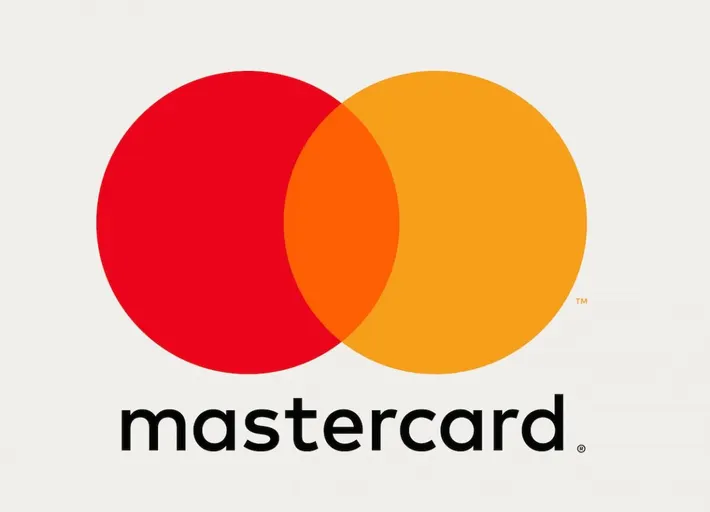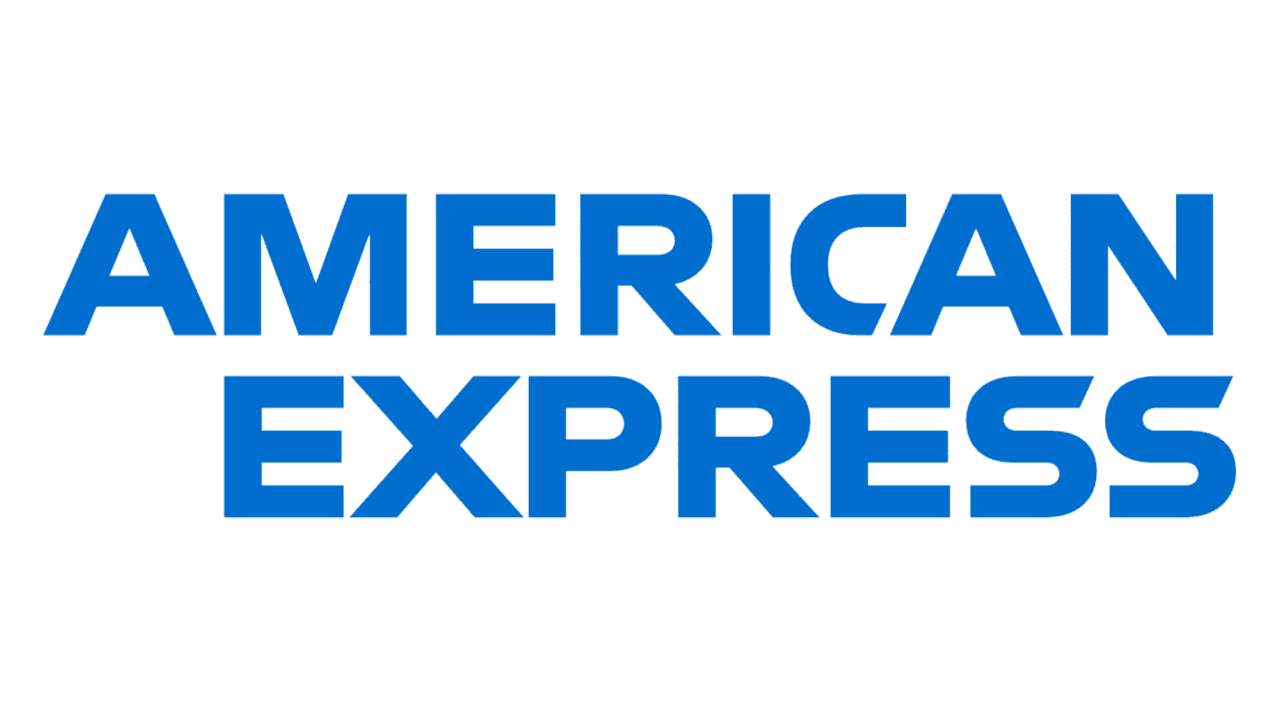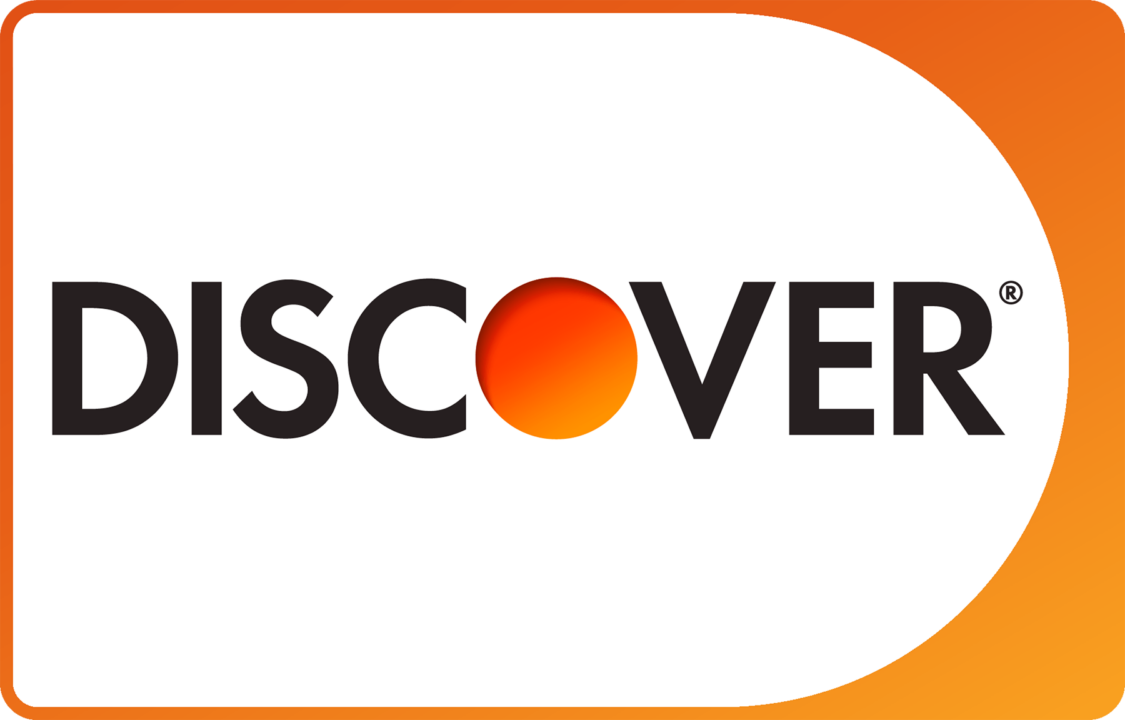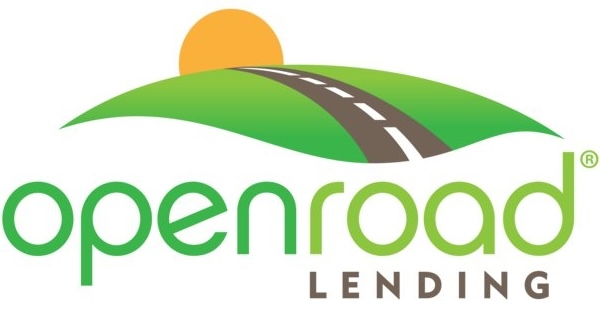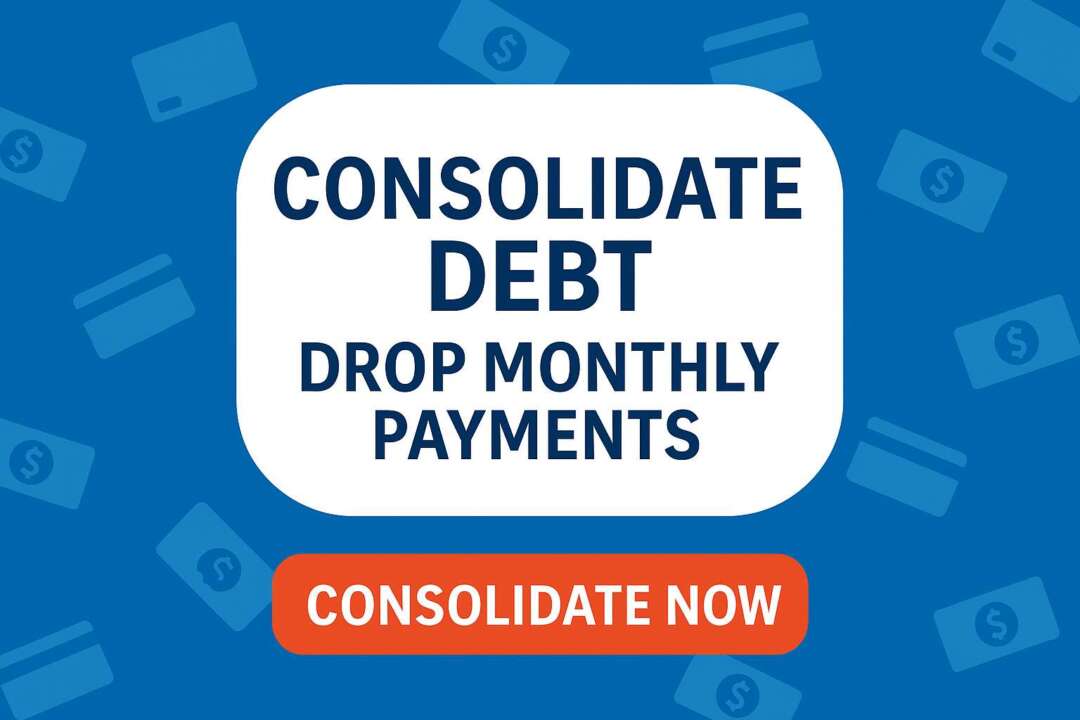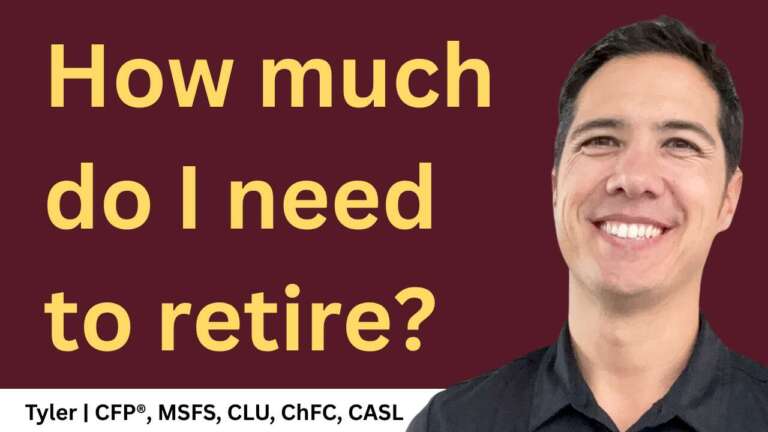What is a high yield savings account (HYSA) and is it a good idea?
A high-yield savings account (also sometimes called a high interest savings account) is an account usually offered by an online bank that provides an unusually high interest rate. That savings rate is calculated as an APY (annual percentage yield), but can often be calculated on a daily basis. The savings rate on these high interest savings accounts can sometimes be 20 times the rate of a traditional savings account. These accounts often have a minimal amount of restrictions and provide ready access to the money.
Pros of a high yield savings account:
- Better interest rates: Up to twenty times higher than traditional savings accounts.
- Daily compounding: Money grows daily in these accounts.
- Insured savings: FDIC guarantees up to $250,000.
- Liquidity: Funds are readily accessible at any time.
- Avoidable fees: Many accounts come with minimal fees.
- Accessibility: No lock-in periods; funds can be moved freely.
- Low minimums: Some accounts start with as little as $50 or $100.
- Online management: Conveniently managed through online platforms.
Cons of a high yield savings account:
- Variable interest rates: Fluctuate with the federal funds rate, not guaranteed.
- Inflation lag: Even at best, they may not keep up with inflation.
- Withdrawal limits: Restrictions on monthly withdrawals.
- Limited bank services: Offered by online-only banks with fewer services.
- Limited ATM access: Not all providers offer ATM access.
- Delayed transfers: Transferring money between banks might take up to 48 hours.
- Short-term approach: Not a strong long-term investment strategy.
- Minimum deposits: Some accounts mandate minimum deposits or balances.
- Potential hassle: Restrictions might outweigh benefits for small balances.
Before you settle on a high yield savings account, you should check these four things
- Can you find a better yield with an online bank? Shop around. You may be able to find a better rate with a smaller bank.
- Are there any fees that would bite into the interest you earn? Even though your interest rate could be as high as 20 times that of a traditional savings account, if you have few funds in the account, fees could eat up any increase you could expect. Keep an eye on the possible fees associated with an account before you sign up.
- How easy is it to be able to access the money in the account when you need it? If you find that immediate access to the money is important, make sure you understand how long it takes to transfer the money to an account where you can do something with it. You might also consider whether the bank has a reliable app to make managing the account easier for you.
- How long do you expect the money to stay in the account? A high yield savings account can be a great way to responsibly manage your money, but it could also be a trap. If you have a sizable amount of money that you don’t think you will need in an emergency, you might need to think of a better long-term investment strategy for the money. Even if it is “high yield,” a savings account is no place for money that could be generating a better long-term return.
The answer to those four questions can ultimately help you determine whether a high yield savings account will be worth the effort. It can also help you determine which bank is the best one for your situation.
How to use a high-yield savings account
The following are key principles for using high-yield savings accounts effectively.
Parked money that needs to stay liquid
High-yield savings accounts are ideal for money you don’t need daily or monthly but want easy access to on short notice. They’re perfect for a readily accessible pile of cash.
Don’t use it for money that constantly moves in and out of your monthly budget
High yield savings accounts may actually be more trouble than they are worth if you need to move money back and forth from your high yield savings account and your checking account. This is especially true if the bank calculates your interest on a monthly basis, instead of a daily basis.
If the bank calculates the interest daily, you could absolutely generate good interest earnings by regularly moving that balance up, even for only a week or so.
Great for emergency funds that you want to keep separate
Putting your emergency fund in a high yield savings account can be a great way to keep it just far enough out of reach that you aren’t tempted to dip into it for a weekend getaway. And if you can avoid emergencies, you might find that the fund grows on its own through the power of daily-accrued interest.
Great when you are saving up for a major purchase
By placing savings for a major purchase in a high-yield account, the accrued interest might cover the eventual sales tax when you’re ready to buy.
A good way station between your short-term money and your long-term investments
As you move money from your monthly finances into longer-term investments, high yield savings accounts may be a great place to park the money until you have a chance to move them into the right investment. If the funds are going to sit around a while, you might as well be earning a little extra interest.
Other things to consider when looking for a high-yield savings account
There are almost as many flavors of high-yield savings accounts as there are ice cream. Some of them provide extra benefits, while others keep it simple and maximize the APY (annual percentage yield). Looking across the range of all the providers, there are a lot of different things to consider. The following is a list of some of the things you might consider before you settle on the bank you will get your high-yield account with.
Bonus when you sign up for direct deposit
Some banks will give you a bonus for signing up to direct deposit your paycheck. If this doesn’t upend autopay bills and management of your monthly budget, it might be worth the money.
Bonus when you transfer a certain amount
Some banks will offer a bonus when you transfer a minimum amount. If you were planning to move that amount of money anyway, a bonus could offset a slightly lower APY.
Minimum balance fee
Some high yield savings account will charge a fee if your balance dips below a certain amount. For example, one company charges $4.50 a month if you don’t maintain at least $500 in the account.
Minimum to open
Some banks require a certain minimum deposit to open the account.
Other features (budgeting or savings goals tools)
Some high yield savings account providers offer budgeting tools and other features that can support you in your savings goals.
Rewards
Banks are starting to attach more than just a high interest rate to a high yield savings account. For instance, one offers to give you sky miles instead of cash.
ATM access
Don’t underestimate the value of accessing the funds in the high yield savings account. Not all providers have a nationwide network of ATM machines which means you might not have access at all, or you might need to pay an access fee every time you need to use an ATM. There are some smaller providers who have a policy to reimburse you a limited amount of out-of-network ATM fees every month. If ATM access is important to you, look into which banks provide what you need.
Withdrawal limits
It’s not uncommon for banks to set withdrawal limits to their high yield savings accounts. If you think you will need to dip into those funds more than 5 times a month then you will need to find a provider that offers that option. Otherwise you will need to use the account differently. If you exceed the withdrawal limits, you are likely to get hit with a per-transaction fee.
Balance tiers
Some providers encourage high balances by providing a tiered APY schedule based on the account balances. Be careful that you aren’t signing up for an account based on an interest rate that you are unlikely to qualify for because you won’t have enough money in the account. You might find that you try to manage the account to keep above certain thresholds. This could either be annoying or a great incentive to keep the savings intact.
Applying
Applying for a high yield savings account is not difficult (it’s not like applying for a loan!), but you will need to provide government-issued identification and your social security number. This is, of course, no different than any other savings account.
Maximums
High yield savings accounts don’t usually have a maximum amount that you can put in them. But there is a natural maximum limit based on the fact that FDIC insurance will not insure bank account balances over $250,000 ($500,000 for joint accounts).
Mobile app
Some smaller banks still don’t have great user experience on their mobile apps. If being able to manage your high yield savings account on the go is important to you, do a little research on the app store of your preference to ensure that the bank has an app that won’t drive you crazy.
What kinds of fees might I get from a high yield savings account?
High yield savings accounts don’t have as many fees as a checking account might, but that is mainly because the product is pretty simple. Put money in and let it grow through the magic of accruing interest. A high yield savings account might have the following fees:
Minimum balance fees
Some banks charge a fee if your balance drops below a certain threshold (for example, $500). If you think this could be a problem, you might lose a chunk of the interest you earn.
Overdraft fee
Some high yield savings accounts offer an ATM card that will allow you to access your funds. In some cases, they will simply deny transactions that put the account below zero. But, some accounts offer a limited overdraft service. Of course, triggering an overdraft will mean being dinged by a fee.
Out of network ATM usage fee
Keep an eye on which ATMs you are allowed to use without incurring an out-of-network ATM fee. You could quickly lose whatever interest you earn on ATM fees before you realize what is happening.
Excessive withdrawal fee
Most high yield savings accounts have a maximum number of withdrawals you can make in a calendar month. When you exceed that amount, they will still allow you to make the withdrawal, but they will impose a fee. For this reason, a high yield savings account isn’t traditionally a good place from which to manage most of your regular finances.
What is the difference between a high-yield savings account and a certificate of deposit?
A high-yield savings account generally offers a higher APY than a standard savings account but slightly lower than a CD. Its interest rate fluctuates with the federal funds rate and provides flexibility in accessing funds. On the other hand, a CD provides a fixed, higher interest rate than both savings and high-yield accounts, but charges penalties for early withdrawals.
| High-yield savings account | Certificate of Deposit (CD) | |
| Interest rate | High | High |
| Interest calculation | Variable | Fixed |
| FDIC insured | Yes | Yes |
| Access to money | Few options | Limited by term |
What is the difference between a money market account and a high-yield savings account?
On the surface, there often doesn’t appear to be a significant difference between a high-yield savings account and a money market account. They both boast much higher interest pay out than a traditional savings account and they both have some restrictions on the number of transactions you can execute in a month.
| Money market account | High-yield savings account | |
| Interest rate | Slightly better than traditional savings accounts | High |
| Interest calculation | Variable | Variable |
| Checks | Limited | No |
| Debit card | Yes | No |
| FDIC insured | Yes | Yes |
| Access to money | Many options | Few options |
Is a high yield savings account the best way to build savings?
A high yield savings account is an effective way to save. It offers a better APY than a traditional savings account and allows withdrawals, unlike a certificate of deposit. Keeping it in a different bank can deter impulsive spending, requiring an extra step to access funds. Explore effective money-saving strategies for more insights.














